Paul Hanbury
Advisor: Shawn Bailey

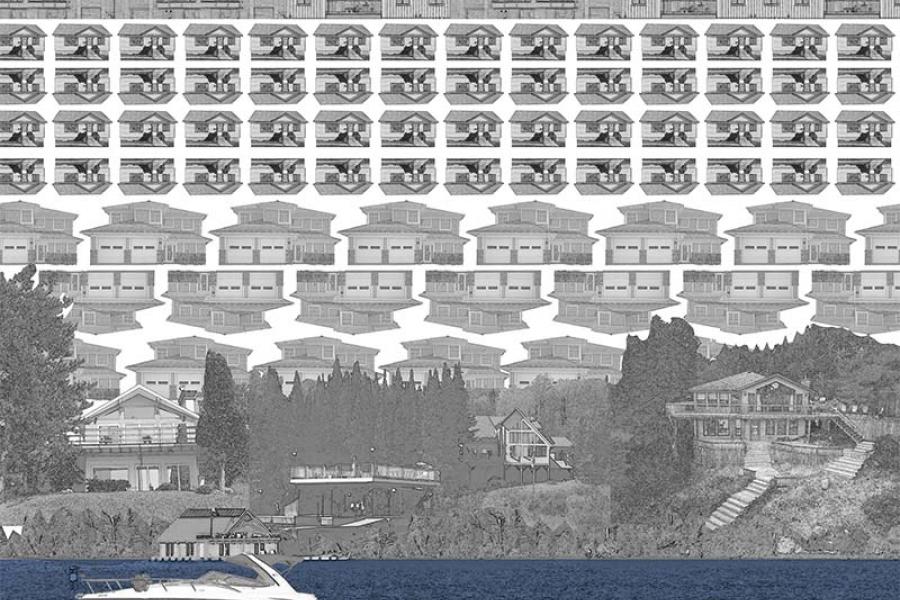
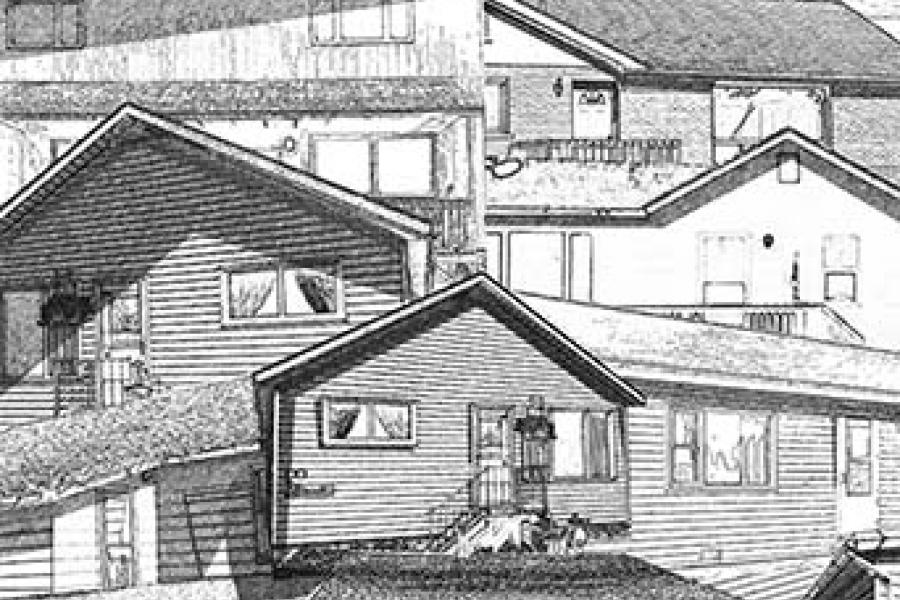
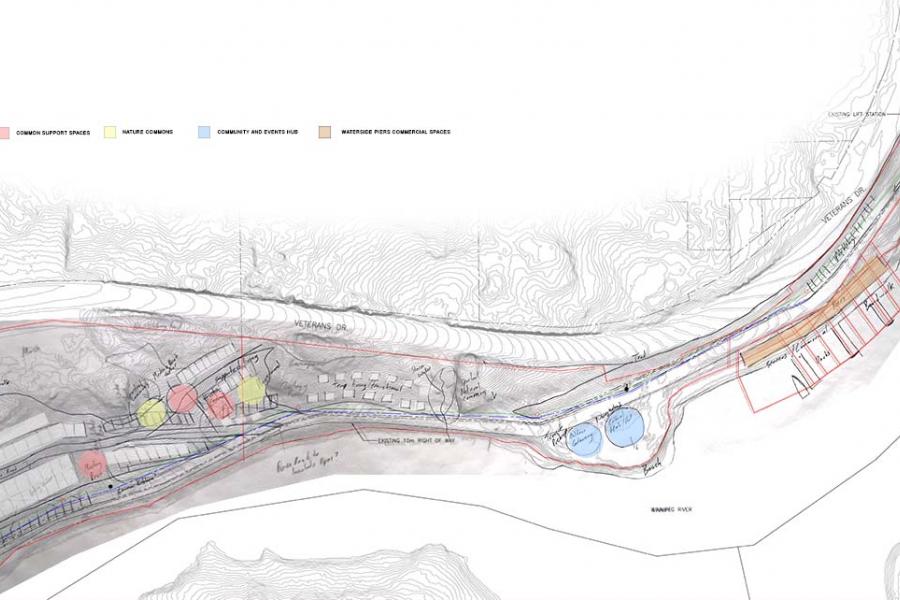
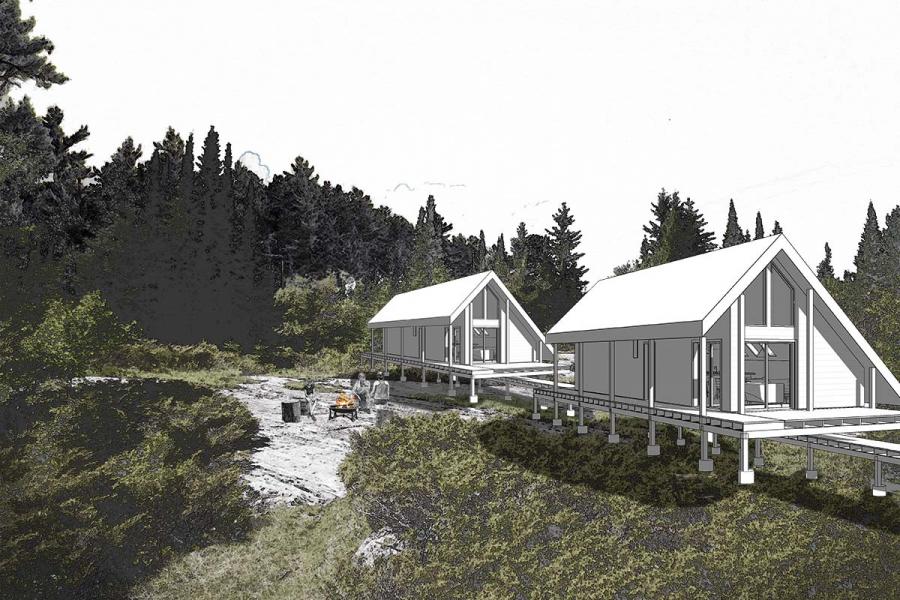
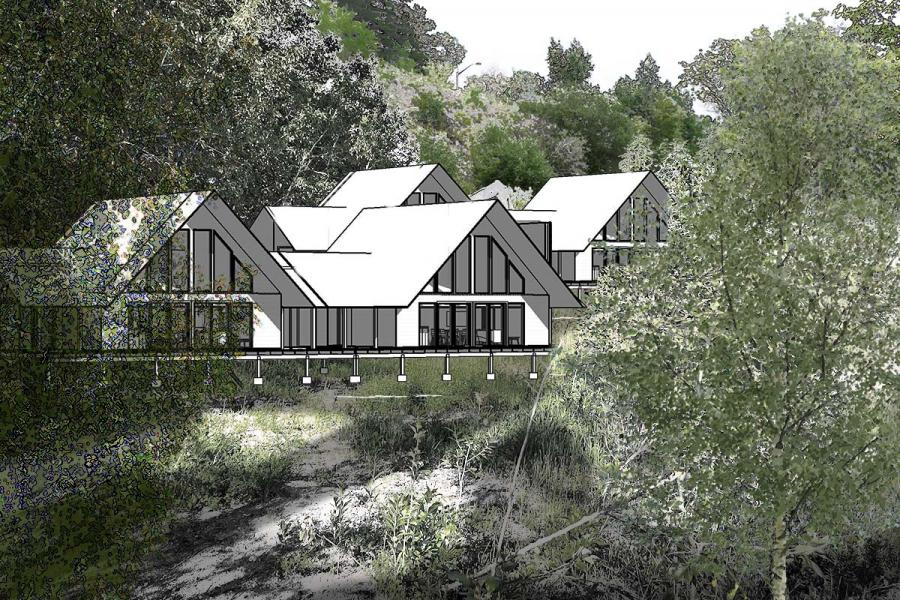
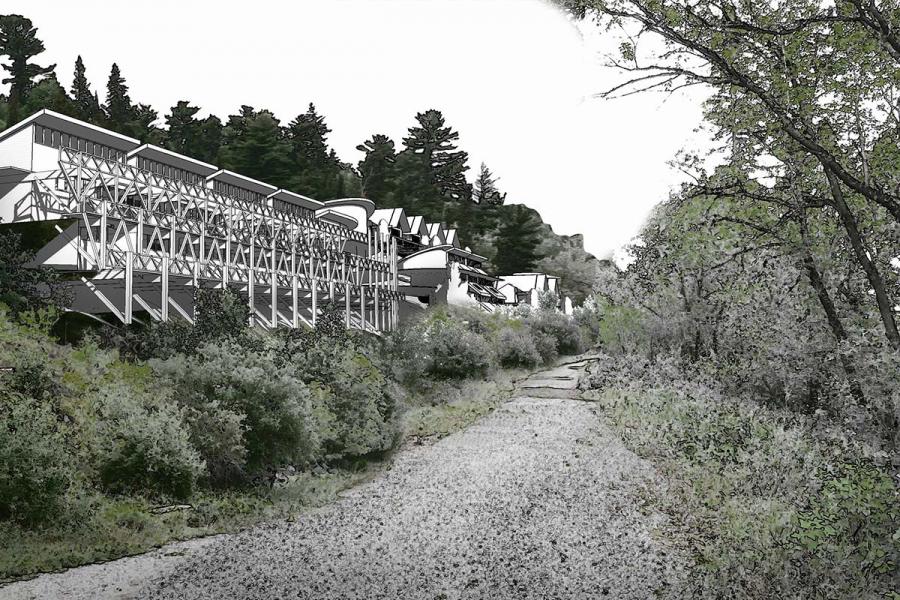
All Flourishing is Mutual: Developing Inclusive Responses to Inadequate Housing
In recent years the housing crisis in Kenora has been growing.1 However, this crisis is nothing new. In a market-dominated system of housing, some people have always been, and will always be, exposed to inadequate housing.2 In this system, homes are treated as commodities, objects dominated by their economic value, rather than places where people live.3 This system has been reinforced by Architects’ focus on problem-solving through form and technique.4 However, when buildings are valued only as commodities that store and accumulate wealth, no amount of technical knowledge will serve to meet the needs of those who are excluded by the market. While there continues to be talk of ending homelessness, responses such as funding for rent subsidies and emergency shelters have only been band-aid solutions that maintain the status quo of the market system.5 The intent of current policies is in maintaining house prices and incentivizing labour rather than providing adequate housing for all. In order to design inclusive spaces, we need to reach outside of this Western capitalist logic.
Distinguished Indigenous botanist Robin Wall Kimmerer reinforces the concept found in natural systems that “all flourishing is mutual”.6 Communities develop as a whole. When one individual or one segment of society is harmed, the whole community is affected. This perspective also applies to housing which must be made inclusive and universal for our communities to flourish. Further housing cannot be reduced to mere shelter. Scholar Jesse Thistle defines homes as more than objects of shelter and economic value when he defines Indigenous homelessness as “individuals, families, and communities isolated from their relationships to land, water, place, family, kin, each other, animals, cultures, languages, and identities.”7 In this view, we need to value homes as more than objects, but as a dynamic player in a community of relationships. space for all to flourish. Within this master plan, I will focus on models of housing that are inclusive to the needs of vulnerable homeless and low-income households.
1 HTFC Planning and Design, “A Place for Everyone: 10 Year Housing and Homelessness Updated Plan 2020.Pdf” (Kenora District Services Board, February 15, 2021), http://www.kdsb.on.ca/Homelessness/A%20Place%20for%20Everyone_FINAL.pdf.
2 Peter Marcuse and David Madden, In Defense of Housing: The Politics of Crisis (London ; New York: Verso, 2016).
3 Marcuse and Madden. P. 51
4 Nishat Awan, Tatjana Schneider, and Jeremy Till, Spatial Agency: Other Ways of Doing Architecture, 1st edition (Abingdon, Oxon England ; New York, NY: Routledge, 2011). P. 51
5 Michelle Gordon and Matthew Gurnham, “Housing and Homelessness Programs in Ontario” (Financial Accountability Office of Ontario (FAO), accessed October 10, 2021, https://www.fao-on.org/en/Blog/Publications/affordable-housing-2021.
6 Robin Wall Kimmerer, Braiding Sweetgrass: Indigenous Wisdom, Scientific Knowledge and the Teachings of Plants (Minneapolis, Minn: Milkweed Editions, 2015).
7 Aboriginal Standing Committee on Housing and Homelessness, 2012 in Jesse Thistle “Definition of Indigenous Homelessness in Canada" The Homeless Hub, accessed October 11, 2021, https://homelesshub.ca/IndigenousHomelessness.
